Celebrate Hemi Day with a High Performance History Lesson

Hemi has been a leader in American performance since being introduced back in 1951, with re-introductions in 1964 and 2003.
The Chrysler Hemi V8 was a legend during the original American horsepower war in the 1960s and early 1970s, but the Hemi disappeared from the lineup in 1971, returning as a 5.7-liter truck engine in 2003. The most famous of the classic Hemi engines was the 426-cubic inch V8 that helped drive the likes of the Plymouth Barracuda and the Dodge Charger to the head of the muscle car race back in the day, and while modern road-going Hemi engines are a bit smaller, the legend of the 426 led to Chrysler’s “Hemi Day” being celebrated each year on April 26th.
FCA used this year’s Hemi Day to announce the $29,995 price tag of the 1,000 horsepower, 426-cubic inch Hellephant crate engine, but here at DodgeForum, we will celebrate Hemi Day with a quick history lesson on this incredible engine architecture.
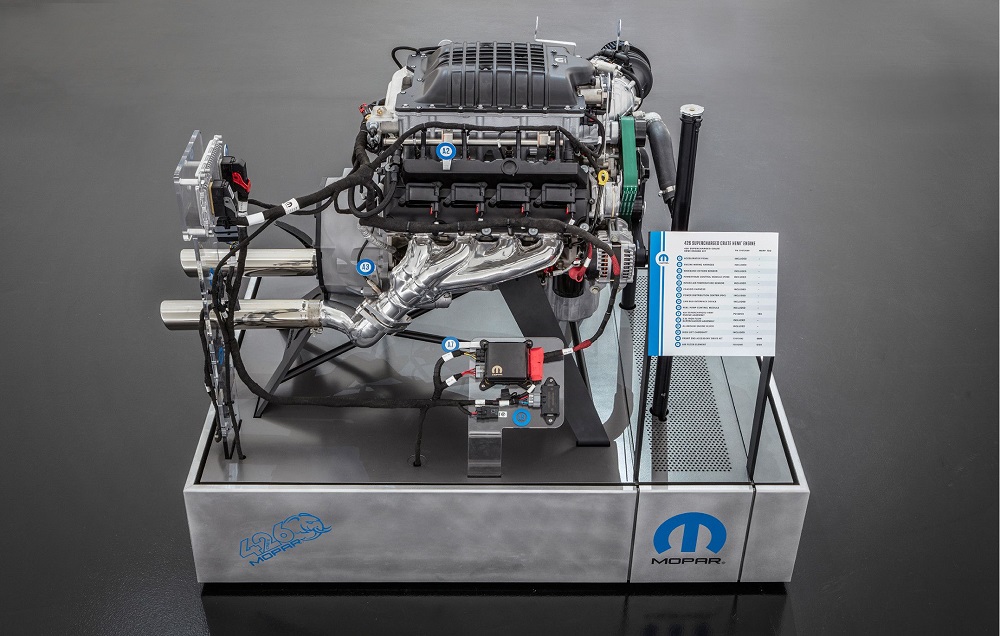
The First Big Hemi
The first Chrysler Group Hemi engine was introduced back in 1951, when it measured 331 cubic inches and delivered 180 horsepower in models like the Chrysler New Yorker and the Chrysler Imperial and was called the Fire Power.
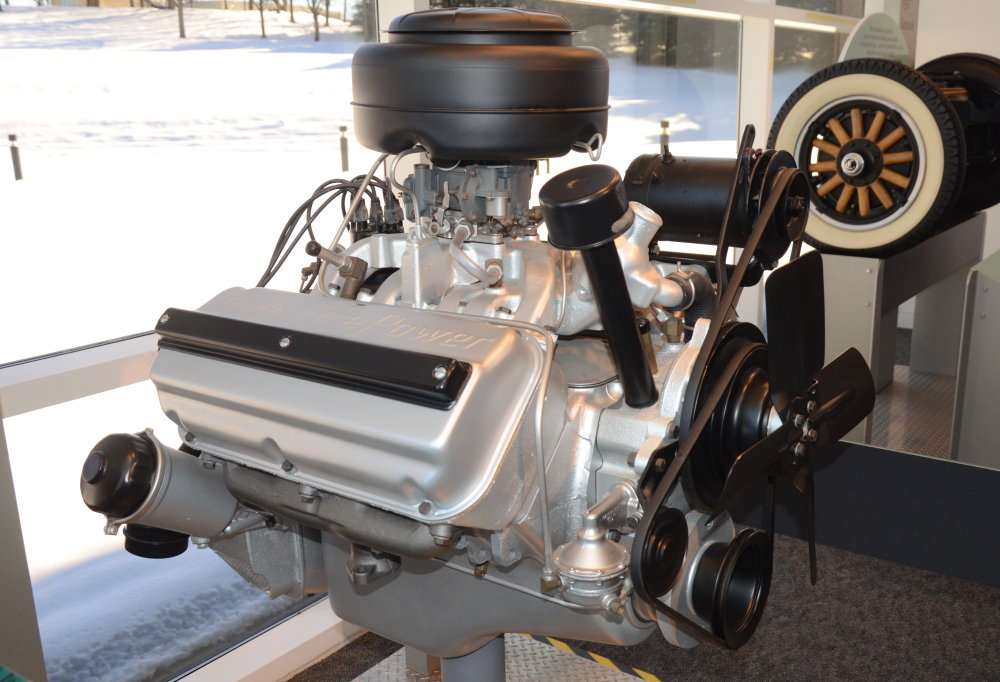
The best-known application of the 331 Hemi came in 1955, when a specially tuned version offered 300 horsepower in the C-300, which would set the bar as one of the best-performance cars in America.
In 1956, the second Hemi was introduced, measuring 354 cubic inches and offering power output that ranged from 280 to 355 horsepower. The 354 Hemi was the first American engine to offer one horsepower per cubic inch, with the Chrysler 300B being one of the strongest cars on sale at that time. This same engine was also modified for large truck use, with the biggest Dodge trucks featuring a variation of the 354 called the “Power Giant” from 1957 through 1959.
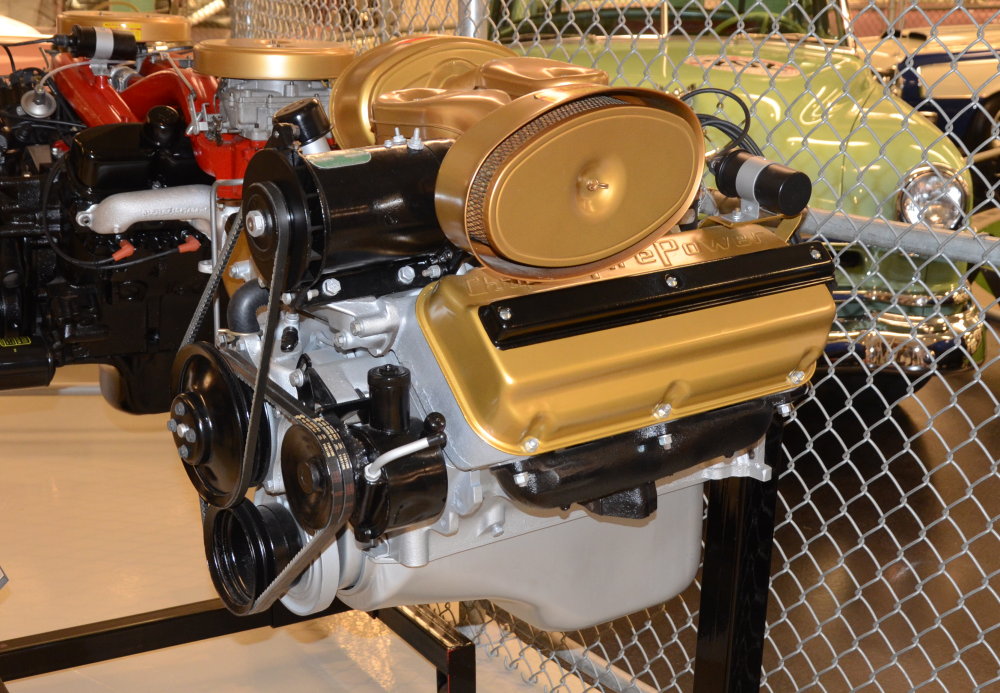
The last of the big first generation Hemi engines was introduced in 1957 with power ratings of 325 horsepower and 345 horsepower with a single four-barrel carburetor while the dual four-barrel version in the Chrysler 300C and 300D packed 375 horsepower. Finally, there were 16 examples of the Chrysler 300D built with a unique fuel injection system that increased the output to 390 horsepower, but this early injection setup was wildly problematic and the vehicles were recalled to have carburetors installed.
The Small Early Hemis
While Chrysler was offering those large displacement engines mentioned above, the Dodge brand had their own lineup of Hemi engines known as the Red Ram. This engine was introduced in 1953, measuring 241 cubic inches and offering 140 to 150 horsepower depending on the model year.

In 1955 a new Red Ram was introduced, measuring 270 cubic inches, offering 183 horsepower in the likes of the Dodge Coronet while the Super Red Ram in the highline Dodge Royal offered 193 horsepower.
1956 and 1957 brought about two new Dodge engines, one measuring 315 cubic inches and the second measuring 325 cubic inches. These engines were offered in a premium form with a Hemi-style cylinder head, but the majority of these mills were built with a polyspheric, non-Hemi head.
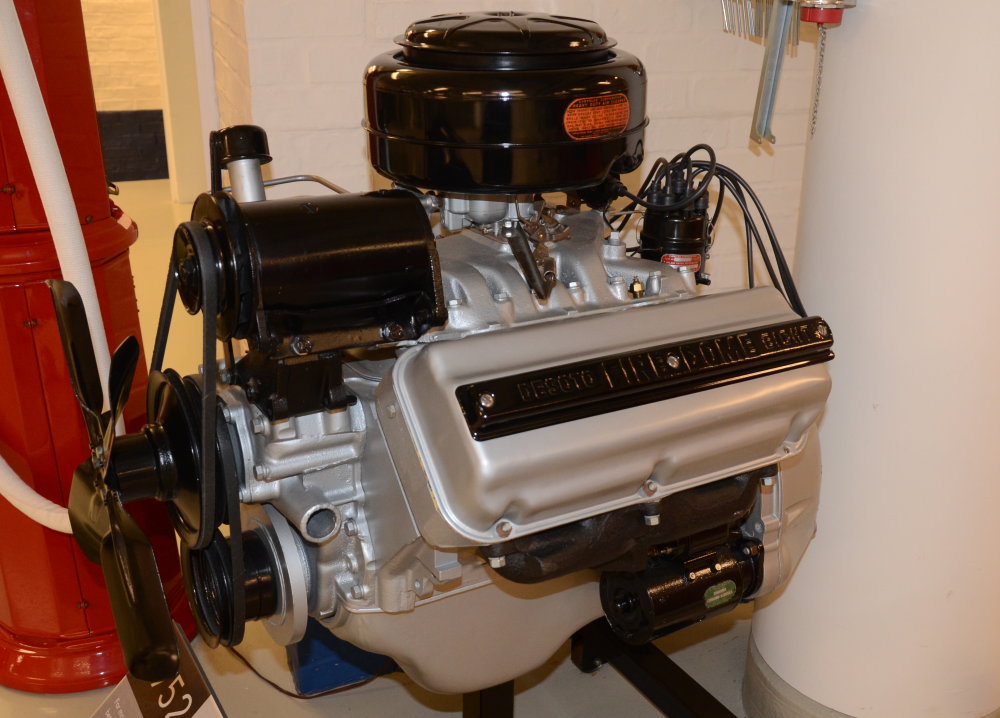
Also, during the first generation of the Hemi engines, DeSoto offered a line of Hemi engines under the Fire Dome name that varied in size from 276 to 345 cubic inches, with power levels ranging from 160 horsepower to 345 horsepower.
Enter 426
Chrysler didn’t offer any hemispherical V8 engines from 1960 through 1963, but in 1964, the engine that played the biggest role in the legend of the Hemi was introduced. That is, of course, the 426 cubic inch Hemi. The 426 Hemi helped Dodge and Plymouth dominate the world of NASCAR and the NHRA, while private owners relying on Hemi-powered cars to rule the streets and their local drag strips.

In 1964 and 1965, the 426 Hemi was used strictly for racing applications in the Dodge Dart, the Dodge Coronet and the Plymouth Fury, but in 1966, street version of the 426 Hemi was introduced. In that first model year, the “elephant engine” was offered in the Dodge Coronet, the Dodge Charger, the Plymouth Belvedere and the Plymouth Satellite with an official power rating of 425 horsepower and 490 lb-ft of torque.
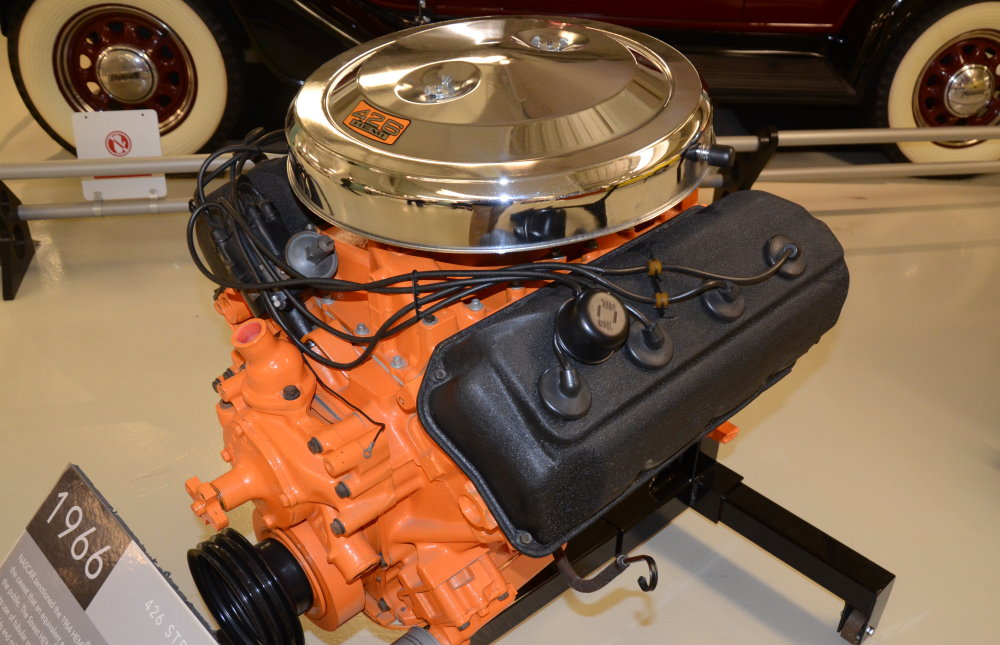
In 1967, the Plymouth GTX was offered with the 426 and for 1968, the Dodge Super Bee and Plymouth Road Runner added the biggest Hemi to the option list. Also, 1968 brought about the 426 Hemi-powered Dodge Dart and Plymouth Barracuda Super Stock models, which were lightweight machines built to rule the drag strip.
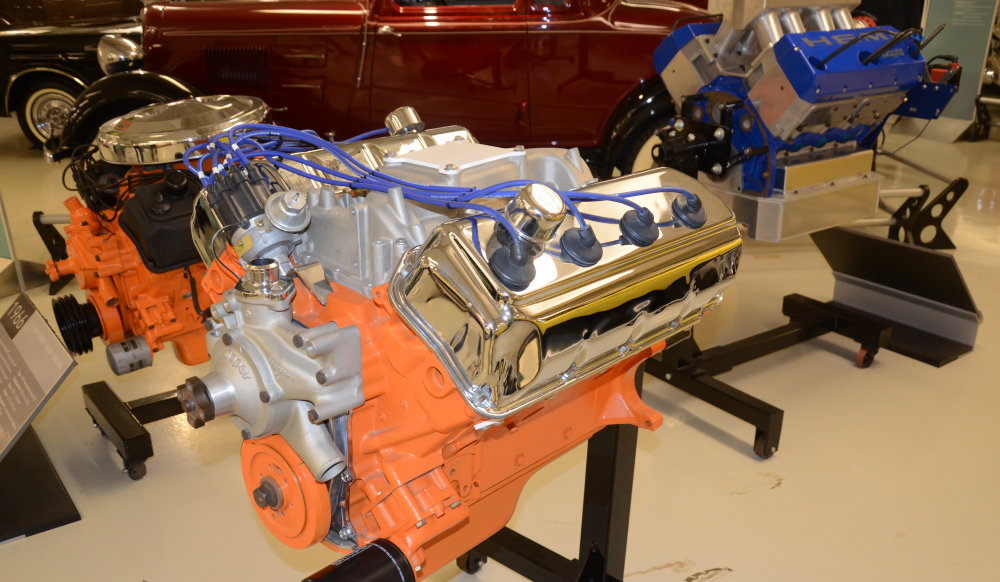
For 1969, the Dodge Charger Daytona was offered with the 426 Hemi and in 1970, the similar Plymouth Superbird also packed the 425hp V8. Finally, 1970 brought about the Hemi-powered Plymouth Barracuda and Dodge Challenger, each of which are among the most sought-after of the classic Hemi cars.
The Modern Era
The 426 Hemi disappeared from the American landscape after 1971 and it would be nothing but a legend until it was reintroduced in the 2003 Dodge Ram 1500. That engine was the first of the modern 5.7-liter Hemi V8s, delivering 345 horsepower and 398 lb-ft of torque.
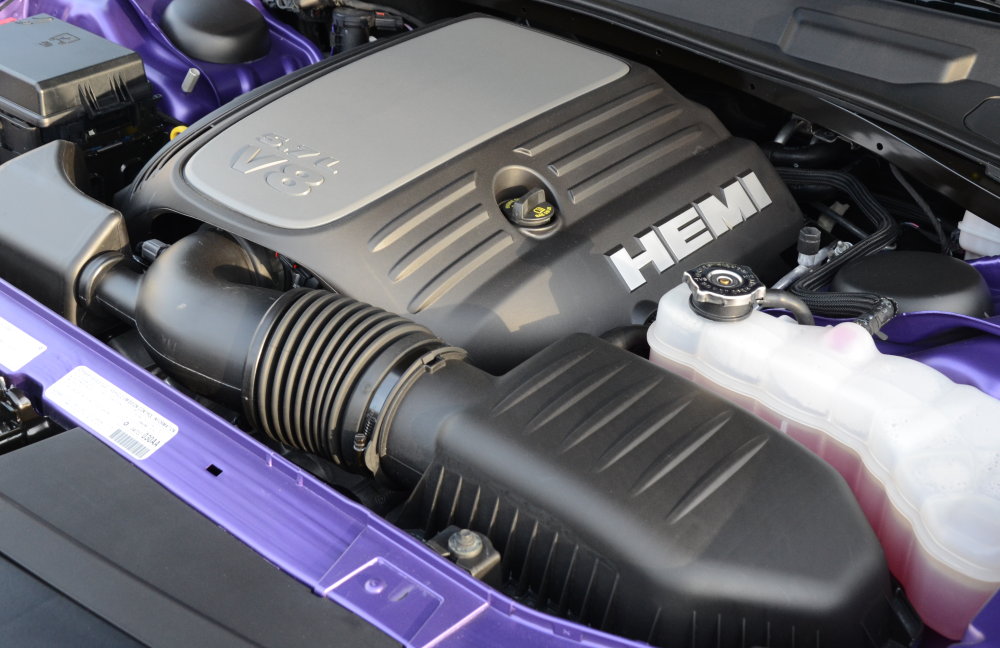
In 2004, the 5.7-liter Hemi was offered in the Dodge Durango for the first time, followed by the Chrysler 300C, the Dodge Magnum, the Dodge Charger and the Jeep Grand Cherokee in 2005. The Jeep Commander got the 5.7-liter Hemi in 2006, the Chrysler Aspen would pick up the Hemi in 2007 and the Dodge Challenger was powered by the 5.7-liter Hemi when it debuted in R/T form in 2009.
The 5.7-liter Hemi is still a volume engine in many of these vehicles today, including the Ram 1500, the Charger, the Challenger, the Durango, the Grand Cherokee and the 300C in the modern trucks, the 5.7-liter Hemi offers 395 horsepower, while the 300C offers 363hp, the Charger R/T offers 370hp, the Durango and Grand Cherokee offer 360hp and the Challenger offers 372-375 horsepower depending on the transmission.

The next modern Hemi to be introduced arrived in 2005 in the Chrysler 300C SRT-8. This mill was offered strictly in SRT products including the Dodge Charger, the Dodge Challenger, the Dodge Magnum and the Jeep Grand Cherokee, packing 425 horsepower and 420 lb-ft of torque.
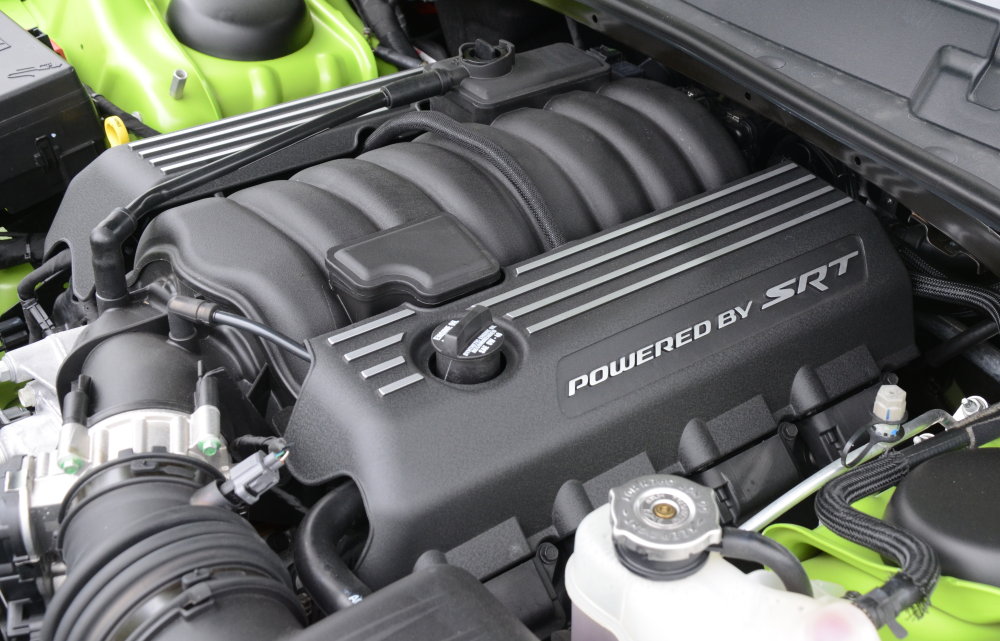
The 6.1-liter Hemi would be replaced in the SRT models by the 6.4-liter, 392 cubic inch Hemi that was introduced for the 2011 model year. That powerplant offered 470 horsepower and 470 lb-ft of torque in the Challenger, Charger, 300C and Grand Cherokee before being refreshed in 2015, at which point the Challenger and Charger were bumped to 485 horsepower and the Jeep climbed to 475 horsepower.
Of course, this engine is still in use today in those same vehicles, with the Scat Pack models helping to make this one of the bestselling engines in the company’s performance lineup. The Dodge Durango SRT was also added with this engine for the 2018 model year.
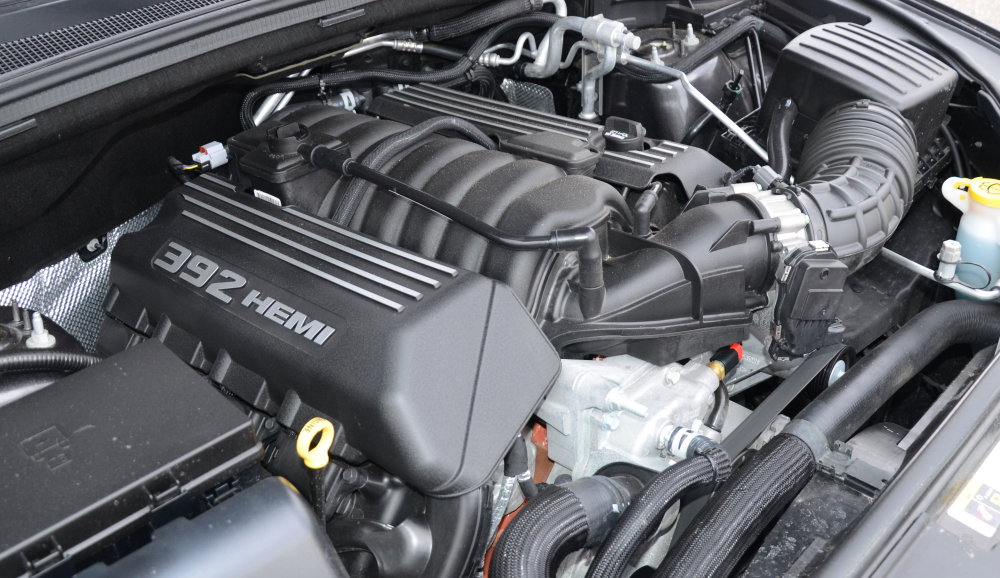
Also, there is a version of the 6.4-liter Hemi that has been used in the Ram Heavy Duty lineup that offers 410 horsepower and 429 lb-ft of torque, but this engine varies greatly from the unit in the SRT models.
The Blown Hemi
Last, but most certainly not least, we have the supercharged 6.2-liter Hemi engines.

The first was the Hellcat Hemi, which was introduced for the 2015 model year Challenger and Charger, packing 707 horsepower and 650 lb-ft of torque and making Dodge the first brand to offer a 700+ horsepower road engine.
That same engine would later be introduced to the Jeep lineup in the wicked Trackhawk.
For 2018, the Demon was introduced with a larger supercharger and the ability to make 840 horsepower on 100-octane race gas and 808 horsepower on pump gas and for 2019, the Hellcat Redeye was introduced with 797 horsepower on 93-octane gasoline.
Of course, throughout the history of the Hemi, Mopar has offered a collection of high performance crate engines with the Hellephant being the most powerful, packing 1,000 horsepower and 950 lb-ft of torque.
